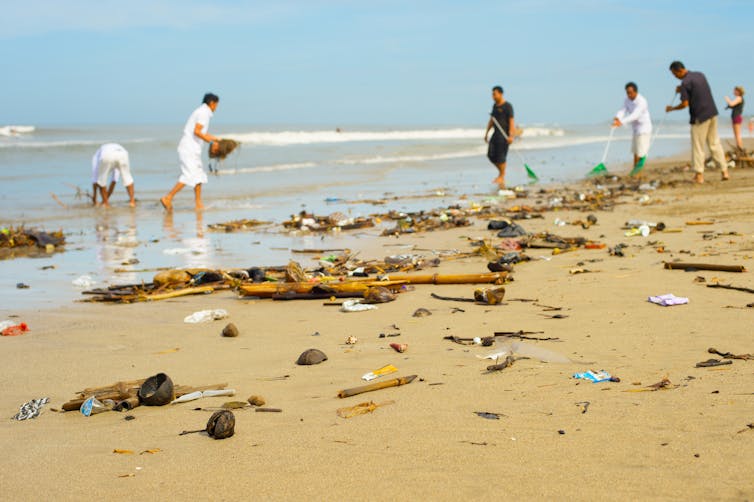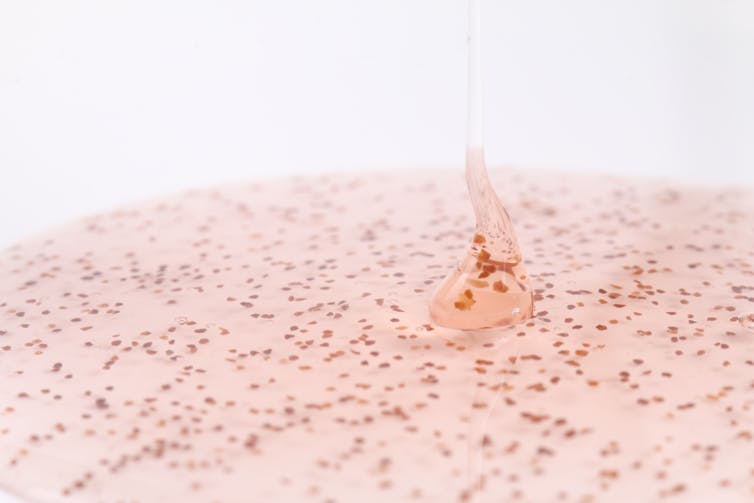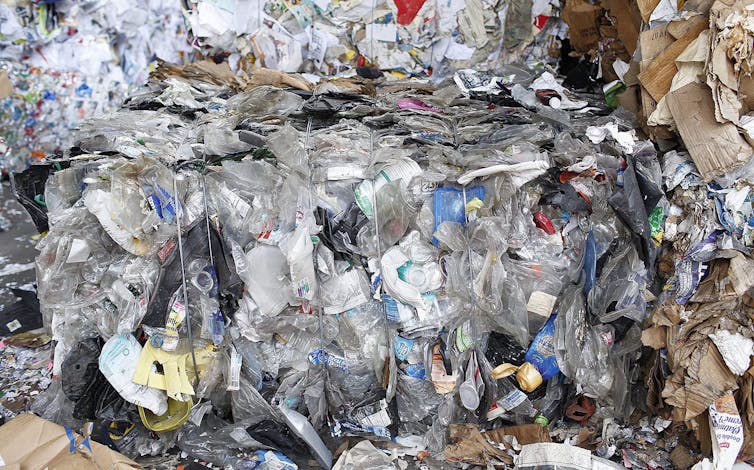This article was originally published on , which features includes relevant and informed articles, written by researchers and academics in their areas of expertise and edited by experienced journalists.
is an Assistant Professor at HÂţ» University.
Oceans have become sinks for vast quantities of — the human-created litter we dispose of. This debris has been a growing concern for decades and is one of the most widespread sources of pollution threatening the world’s oceans, from to .
The most abundant and widespread source of , accounting for 60 to 95 per cent of marine litter. An estimated of mismanaged plastic waste enters the oceans annually. For reference, a male , and a .
Canada is among those countries around the world that have pledged to find ways to curb plastic pollution. In June, the federal government announced it would , such as .
Ěý
Ěý
Ěý

Ěý
Ěý
Ěý
Before bans on single-use plastics can be implemented, however, the Canadian government needs to know which single-use plastics are harmful to the environment. A recent Canadian science symposium on plastics found that needs to be improved. But who can help collect this data?
Plastic marine debris can be easily identified, collected and counted. It’s a monitoring activity well suited for engaging citizen scientists. Citizen scientists require relatively little scientific training and can quantify types of single-use plastic debris found on shorelines to help fill those critical knowledge gaps. Citizen scientists can provide scientifically valuable data on plastic pollution of marine ecosystems.
Citizen science helps fill gaps
Beach cleanups, such as the , help raise awareness of the plastic pollution problem and can inspire solutions. has also helped motivate government responses to change policy to .
But citizen engagement and participation in science goes beyond beach cleanups, and can be used as a tool to bridge gaps between communities and scientists. These partnerships between scientists and citizen scientists have produced real world data that have influenced policy changes. For example, have helped influence government policy to ban single-use plastics.
We need more citizen science data collection. It informs the federal government about the types of marine debris and their distribution — especially in remote areas such as the Arctic. It can help the government target specific single-use plastics for banning, such as plastic food wrappers and bottle caps that top the list of Canada’s “.” Through engagement activities such as the Great Canadian Shoreline Cleanup, citizen scientist volunteers across Canada come together to cleanup debris from shorelines.
Toxic plastic bags?
Some scientists have called for , including plastic bags, because it can threaten the health of people and harm wildlife. Classifying plastic waste as hazardous can help attain legal protection for the environment under the , and could help establish preventative measures to mitigate new sources of plastic pollution entering the environment.
Ěý
Ěý
Ěý

Ěý
Ěý
Ěý
There is some evidence that this could help cut down on the amount of plastic entering the ocean. For example, on July 1, 2019 the ban on came into effect in Canada, after the federal government classified plastic microbeads as a “toxin” under the . Time and subsequent monitoring will help confirm if the ban on microbeads was effective.
Not all plastics are bad
Poorly managed plastic is widely recognized as an environmental problem. Single-use plastics have been identified as being problem plastics because they cannot be reused and may not be recyclable in all jurisdictions. However, other plastic items are rarely found in the environment, are more easily recycled and have a useful place in our society.
Banning all plastics would be nearly impossible. Gathering science-based data supported by citizen science will help us to understand specifically what types of single-use plastics are responsible for harming wildlife and ecosystems. Citizen science action will also help serve as a gateway" for individuals to .
Ěý
Ěý
Ěý

Ěý
Ěý
Ěý
Bans on single-use plastics have intensified since . Like Canada, the , including cutlery, plates, straws, Styrofoam takeout containers and more. These new EU rules would also mandate the cleanup of other items.
. Plastic pollution generated from Canada can wash up on shorelines anywhere around the world, and it will continue to be a problem for Canadian communities unless everyone takes action.
As bans on single-use plastics unfold across Canada and the EU, perhaps the rest of the world should follow suit. Local shoreline cleanups can help identify which of the dirty dozen plastics those countries should also ban.
[ Deep knowledge, daily. . ]![]()
, Assistant Professor, School for Resource and Environmental Studies,
This article is republished from under a Creative Commons license. Read the .

